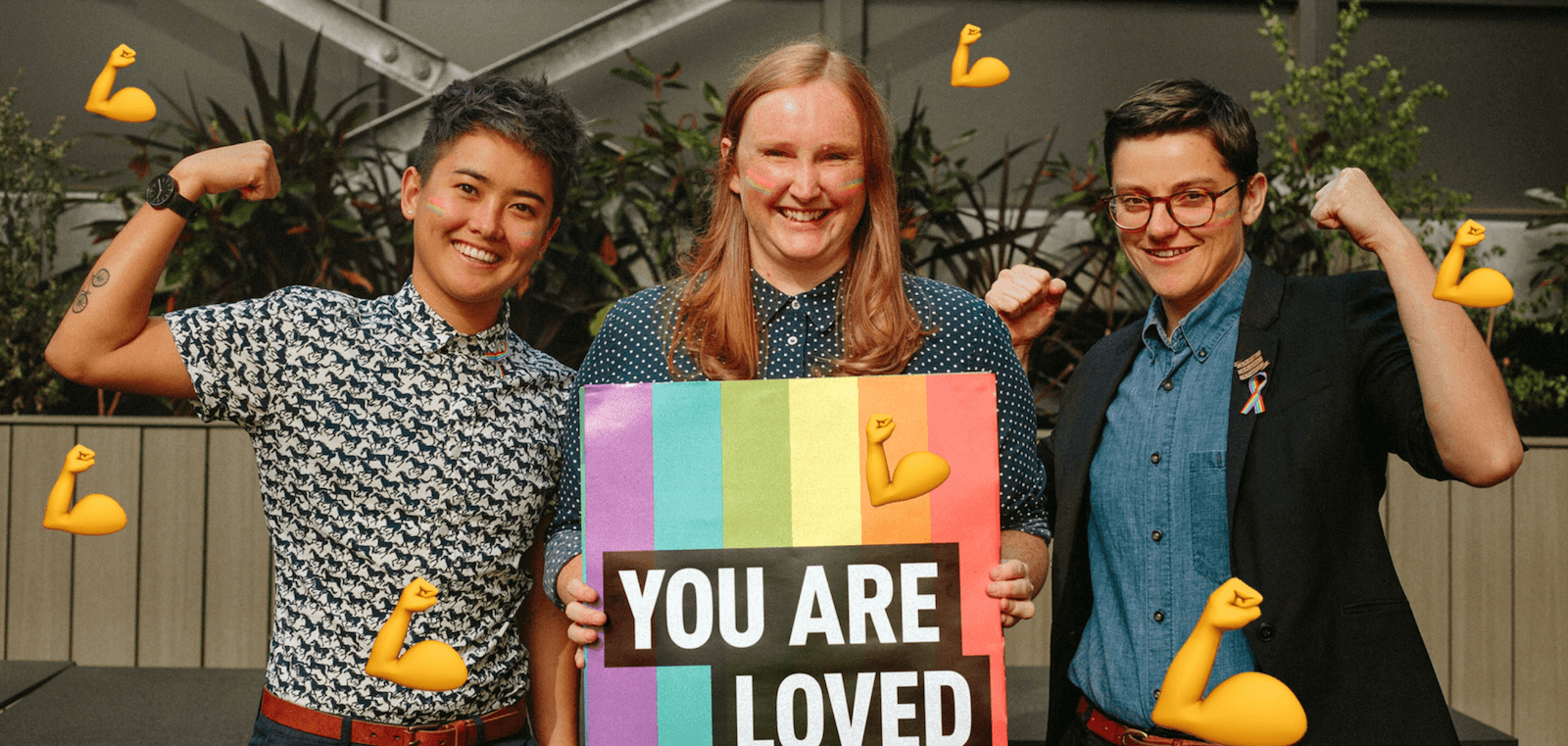
How to make every day IDAHOBIT
March 18, 2020
May 17 is International Day Against Homophobia, Biphobia, Intersexism and Transphobia (or IDAHOBIT as it’s much more efficiently known). It’s a day where we celebrate the beautiful LGBTQIA+ community and a reminder that we all need to do more to challenge discrimination.
But taking a stand against the discrimination that impacts LGBTIQ+ people can seem tricky. After all, where do you even start? No matter who you are, there’s heaps you can do to stand up against homophobia, biphobia, interphobia and transphobia.
1. You come first
If you’re personally impacted by homophobia, biphobia, interphobia or transphobia (we’re going to refer to it as ‘queerphobia’ for the rest of this article) it’s common to feel intimidated or exhausted by the thought of constantly challenging these things.
Remember, there should never be any pressure to ALWAYS challenge queerphobia – especially if it’s not safe for you to do so. Whatever is safe for you in the moment is the valid choice. The burden of challenging and educating everything and everyone shouldn’t solely lie on us especially if these things are upsetting to discuss.
2. Calling in vs. calling out
You may have heard of the phrases “calling in” and “calling out” before. These are two different ways of addressing a person’s crappy language, attitudes or behaviour.
"Calling out" is addressing something in the moment. It could mean face to face in front of whoever is there or directly responding to what someone’s said. For example, if someone was to use a homophobic word like “fag”, you could respond directly with something like:
“Hey, that really isn’t okay. I’d appreciate you not using that word, particularly around me.”
“Woah, just a heads up – that word is really offensive to people who are gay.”
“I think you should use a different word – the one you just used is pretty upsetting to a lot of people.”
"Calling in" means chatting to someone more privately and in depth, explaining how their behaviour wasn’t okay. Because it's a little more private, it's easier to provide extra information or education about what's just gone down.
For example, having a personal conversation with someone at a later time, acknowledging what their intentions might have been and assisting them to understand why they’ve done or said something problematic. Using the same example, you could chat to someone later and say something like:
“Hey, in our conversation earlier today I noticed you using this word. I just want to let you know that it’s actually pretty upsetting to a lot of people, especially gay guys. It’s a word that has been used with quite a lot of hate and violence towards people, and that’s how it’s taken, even if you don’t mean it that way. I’m happy to talk to you about it more if you’d like.”
3. Challenge crappy language
Statistically, the type of discrimination that young LGBTQIA+ people experience in school the most is offensive language used by people around them. That’s why when words like “gay” are thrown around casually to mean “bad”, they can have a serious impact on people.
Language can also extend to things like biphobic stereotypes, offensive comments about intersex people, transphobic statements and anything that erases or diminishes the identity of LGBTQIA+ people.
If you hear words being said that make you or people you know feel uncomfortable, or witness a joke that's really iffy and makes people around you look uncomfortable, it can be a great idea to have a chat with the person who used the words so they can understand better. Try the calling in technique we outlined before.
If you’re worried they used the language deliberately to be harmful against LGBTIQ+ people, you shouldn’t have to put yourself at risk to challenge their language. In these instances, finding supportive networks or allies to support you is the most important thing. If you feel comfortable, link them some resources later or have a friend explain how they’ve used offensive language. Speaking of...
4. Use Your Allies
Having allies close by can mean that the burden of challenging all queerphobia doesn’t fall just on you – that would be way too much for just one person!
If you’re around supportive people, have a conversation about how they can be the best allies to you. Particularly if they’re not impacted by queerphobia (i.e. they’re straight and/or cisgender), explain how these things do impact you and your community. If they’re a good ally, they’ll definitely want to have your back.
This could mean calling out crappy language when they hear it, correcting people if they misgender you, educating the people in their networks or even standing next to you at an LGBTQIA event or rally.
5. Be an ally yourself!
Being part of this beautiful LGBTQIA+ community means we can be allies to other people too, the way we’d hope they be to us. Not all of us are ALL the letters within LGBTQIA+ acronym, which means there’ll be some forms of discrimination that we can stick up for that doesn’t directly affect us.
For example, if you’re a cisgender queer person, calling out transphobic behaviour or correcting someone who misgenders a trans person makes a huge difference. It means that trans or gender diverse people don’t have to do it all themselves. If you’re gay and not impacting by biphobia or biphobic statements, you should still do your best to call it out when you do hear it!
If you’re a white person the same thing goes. Calling out racism and sticking up for your fiends who are Queer, Trans, Intersex People of Colour (QTIPOC) is your job as an ally!
The LGBTQIA+ community has the opportunity to feel like a safe, supportive and warm place. The best way to contribute to that is to challenge oppression that might not impact you personally but other people in our community.
Related articles
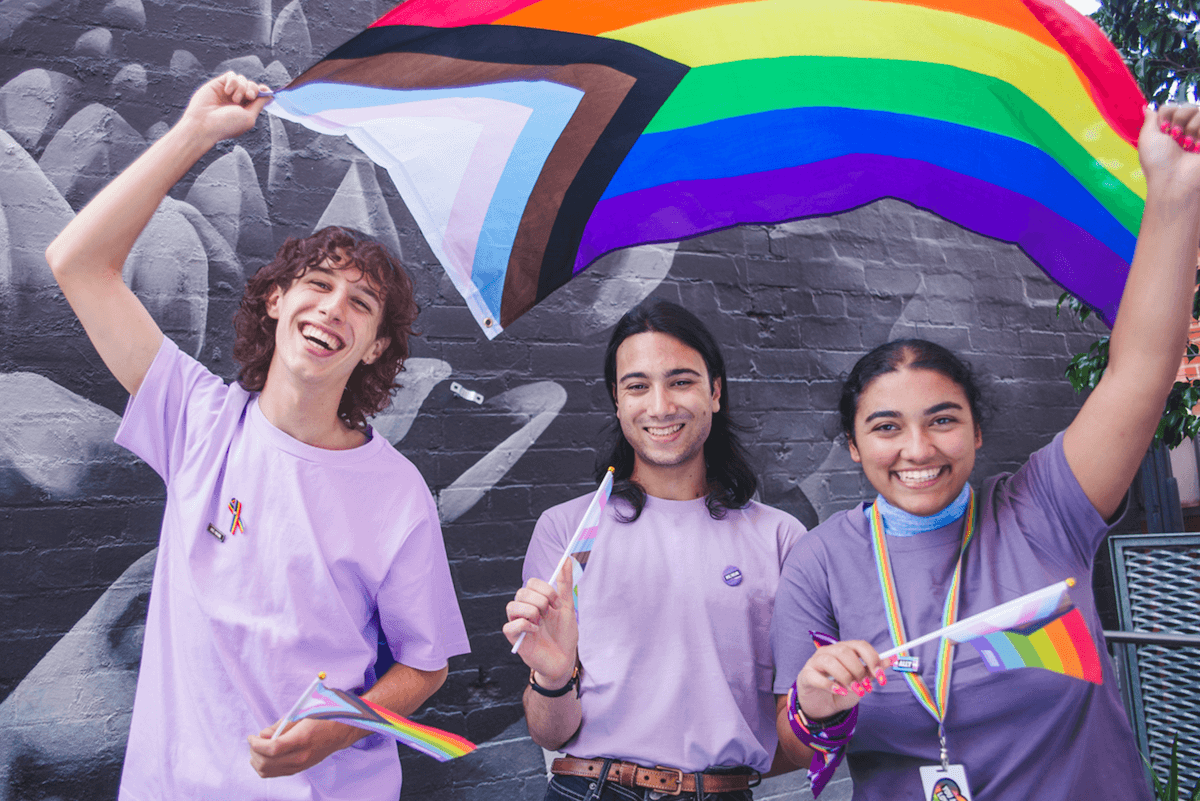
Wear It Purple® Day isn't just for schools and workplaces – here's how to celebrate with mates, in your community, or even digitally.
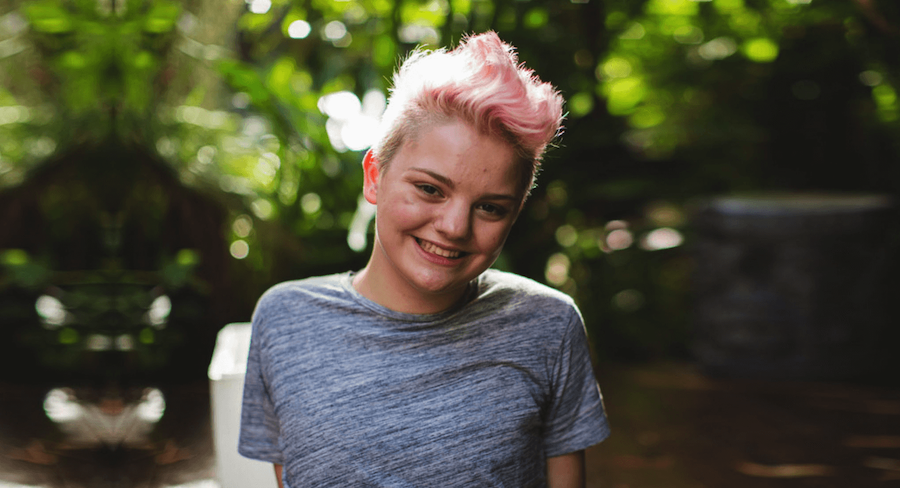
Wondering what non-binary actually means? Here's what you need to know.
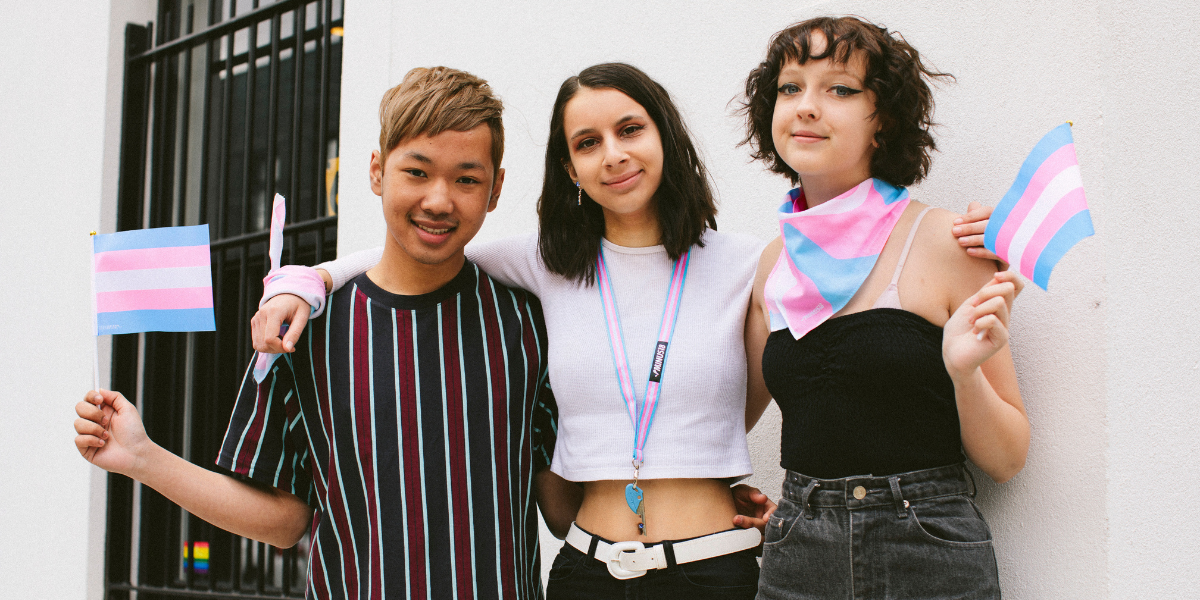
Understanding how to be a trans ally isn't just for those outside the LGBTQIA+ community – it's also for cisgender queers.
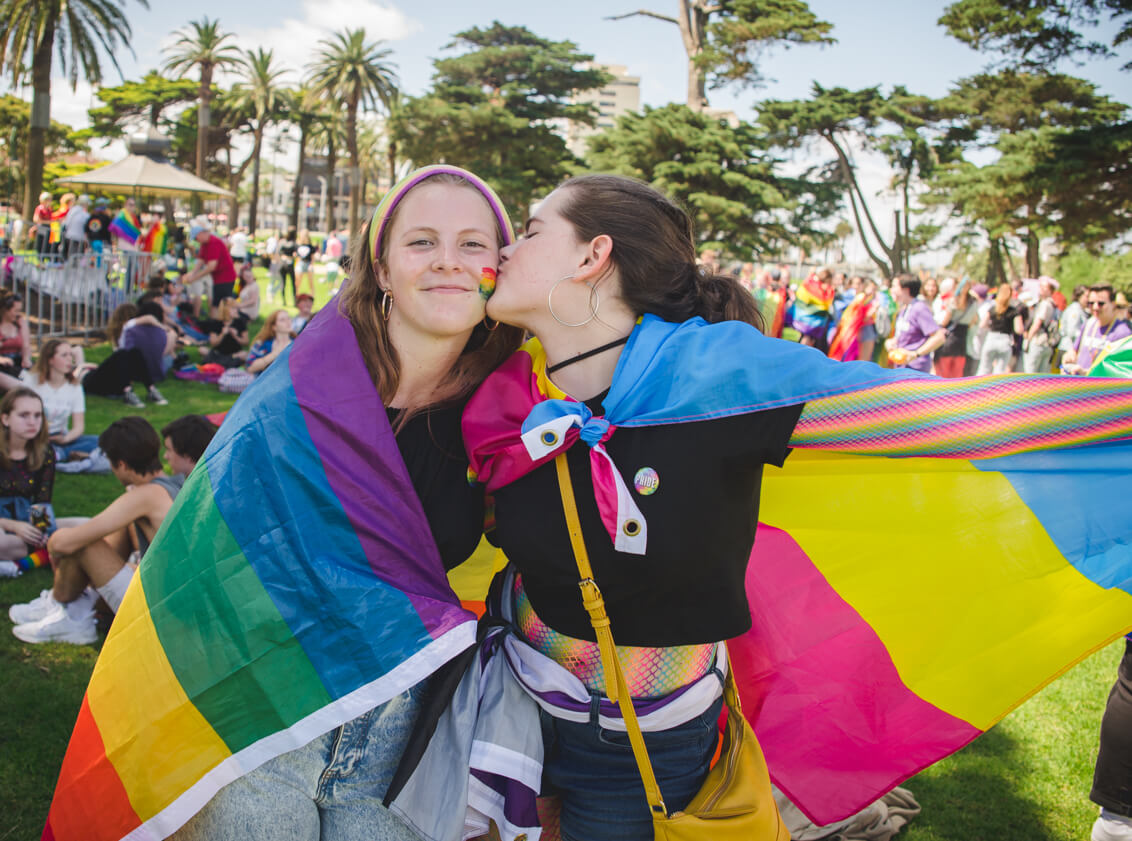
Bisexual, pansexual – they're similar, they're different, and both totally valid identities.